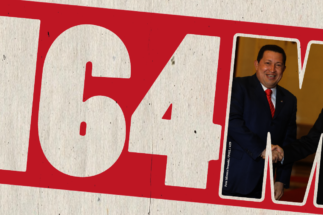Announced with great fanfare six years ago, the Brazil-China Fund has not yet financed a single project with the $20 billion it has available. Fluctuating exchange rates, a high degree of bureaucracy and scant interest from the Brazilian government prevented the fund from attracting market interest, analysts say.
Brazil and China announced the fund in 2015 when the latter needed to export its surplus industrial capacity and had cash to do so in strategic locations. That same year, Chinese authorities travelled the world, inking agreements with the European Union, Russia, Indonesia and several other countries.
For Brazil, which was witnessing an abrupt end to a near decade-long commodity supercycle and seeing investment shrink, it was the right time to create a fund tasked with expanding the country’s productive capacity.
“At this time of slowdown in the international economy, reciprocal trade and investment between Brazil and China can and will mean an improvement in our economic situation,” said President Dilma Rousseff when the agreement was signed.
Dismissed
The Brazil-China Fund committee reviewed six consultation letters between 2016 and 2018. No proposals went ahead
The fund was only officially incorporated two years after its announcement and foresaw a contribution of US$15 billion by the Chinese fund for financing in Latin America (Claifund), which was established at the same time, and another $5 billion from Brazil’s Federal Savings Bank or national development bank BNDES. Meanwhile, equivalent Chinese funds were already financing dozens of projects worldwide.
Bureaucracy at the Brazil-China Fund
A committee consisting of three members from each country was to review projects interested in borrowing from the Brazil-China Fund. On the Brazilian side, this included the executive secretary to the president’s chief of staff, the executive secretary of the Ministry of Planning and the general secretary of Foreign Affairs at the Ministry of Foreign Affairs. Officials from the People’s Bank of China, China Development Bank and the State Administration of Foreign Exchange represented the Chinese side
Renato Baumann, an economist with the Institute of Applied Economic Research (Ipea) who served as assistant secretary for international affairs at the Planning Ministry between 2016 and 2018, says the group examined six consultation letters during his time there. These proposed projects are confidential and ended up not going forward, some because they found other credit alternatives, others because of “lack of consistency”, he says.
But projects were only ever analysed at the technical level, Baumann said, as the committee made up of higher level officials never met or created a statute for the fund. Baumann described the Chinese officials as reluctant to share any information about how the fund would work their end, and said Brazilian officials never even learned the name of their Chinese counterparts in the committee.
The requirement that so many authorities approve each project made the process much slower than other credit instruments available on the market.
When asked about the current state of the cooperation fund, Brazil’s Ministry of Economy said that shortly after its creation it deemed that the governance model “did not achieve the expected results, nor the necessary attractiveness for the submission of qualified projects”.
But the government itself showed a lack of interest in getting the project off the ground. For months now, the ministry has said it is looking at ways to make the committee more efficient, without setting deadlines. This at a time when Brazil is attracting its lowest levels of investment in recent history.
Unattractive
Alan Fernandes, president of Chinese investment bank Haitong in Brazil, said that exchange rate volatility was an important reason for Fundo-Brazil China’s lack of attractiveness.
In May 2017, when the fund was officially established, the dollar was valued at around 3.25 reais (R$). Since then, markets have been bullish about the Brazilian currency and, at the time of publication, a dollar was worth 5.4 R$. This scenario can deter potential borrowers from borrowing in dollars – the currency the fund lends in – as it can be expensive and carries the risk of higher future repayments should the real fall further. Fernandes explains.
Furthermore, Brazil’s Securities and Exchange Commission (Comissão de Valores Mobiliários) allows funds to be raised through capital markets in a much simpler and less time-consuming and bureaucratic manner than the Brazil-China Fund.
Rolling-back BNDES
After years of expansion under left-wing governments, BNDES has undergone a change of direction in the last four years, ridding itself of the long-term credit lines that projects aligned with the Brazil-China Fund would require.

Fernandes said that the fund’s inactivity does not equate to a lack of Chinese investment. Chinese companies already operating in Brazil, such as China Three Gorges Group, State Grid, CGN, SPIC, Gezhouba and CCCC, continue to devote resources to the country, mainly in the energy, ports, roads, agribusiness and sanitation sectors.
“We expect that this year the government will take forward projects in the rail sector, such as the Midwest-North link. If these bids happen, we can expect active participation from Chinese companies,” Fernandes says.
While Chinese companies have expressed interest in continuing to invest in Brazilian infrastructure, the Latin American and Caribbean Academic Network’s Chinese foreign direct investment monitor shows a lesser appetite for Brazil in the past three years, while attention is turning to Chile and Peru.
Worldwide, China’s overseas investments have declined in recent years, a trend intensified by the pandemic, which has led China to focus on the domestic market.
The China Global Investment Tracker website tracks transactions over US$100 million made by Chinese institutions in several countries. In 2017, the global total exceeded $255 billion but fell to $64.2 billion last year. In Brazil, the drop in Chinese investments was even greater proportionally, from US$14 billion in 2016 to just US$1.6 billion last year.
Academics and commentators have expressed concern that the stagnation of investment is a response to the hostility of high-ranking members of the Bolsonaro government towards China. But Túlio Cariello, analysis and research coordinator for the Brazil-China Business Council (CEBC), rejects this idea.
He points to record commercial exchanges between Brazil and China, which despite the pandemic exceeded US$101 billion in 2020, an indication that trade relations between the two countries remain robust.
The flow of investment, he explains, corresponds to a new reality of slower growth in China.
“Before Chinese companies were diversifying their portfolio and investing in assets that had nothing to do with their core business,” he says, “now they are more cautious.”
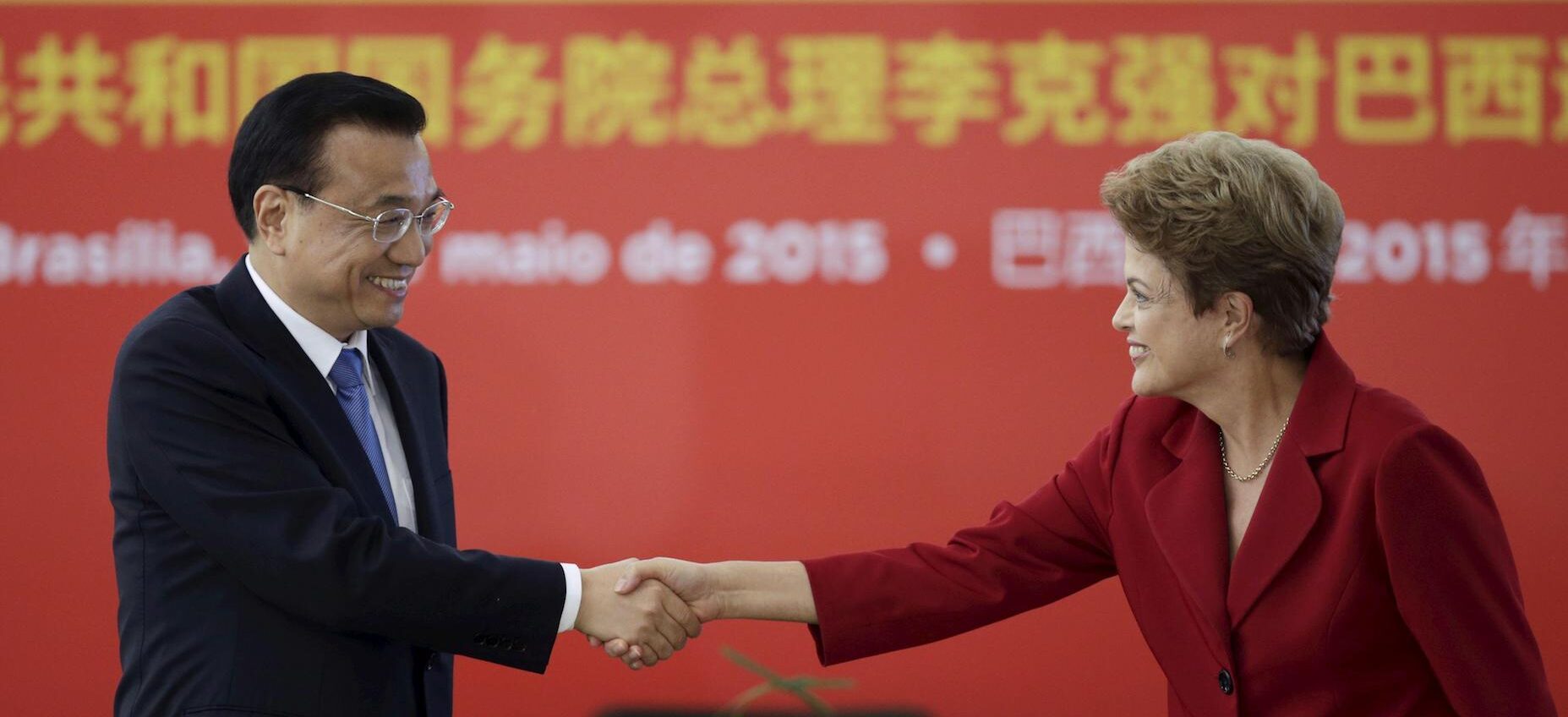


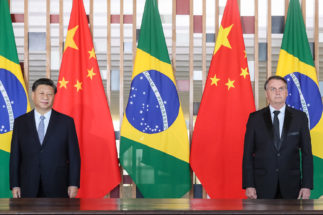
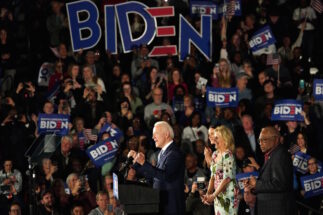

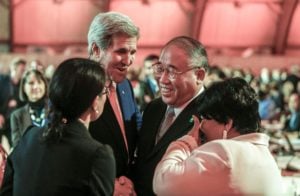

![The Indus at the site of the proposed Diamer-Basha dam [image by: Water and Power Development Authority, Pakistan]](https://dialogue.earth/content/uploads/2020/07/Indus_Diamer_Basha_Dam_Site_Image_WAPDA-300x169.jpg)
